How AI Tracks Biological Control Agents in Real Time
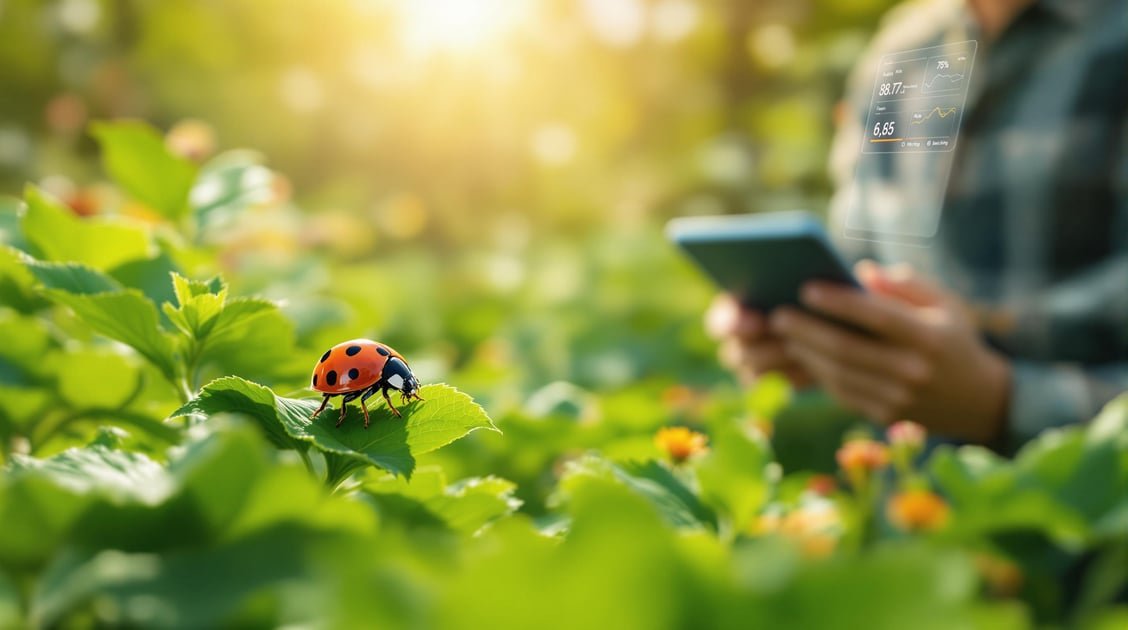
AI is changing how we manage pests by tracking natural predators like ladybugs and parasitic wasps in real time. This reduces the need for chemical pesticides, improves efficiency, and supports healthier ecosystems. Here's how it works:
- AI Tools: Cameras, sensors, and algorithms monitor biological control agents and environmental conditions.
- Real-Time Alerts: Systems provide critical, warning, and advisory alerts with actionable steps.
- Key Benefits: Precise pest control, smarter predator deployment, and reduced reliance on chemicals.
- Challenges: High costs, sensor limitations, and weather impacts.
These systems combine data from sensors, cameras, and weather analysis to optimize pest control strategies. They also automate responses, like releasing predators or adjusting conditions, offering a smarter, more sustainable approach to pest management.
AI and Biocontrol: Partnering with Nature for Pest ...

AI Monitoring Technology
AI monitoring systems are built around three core functions: detection, environmental sensing, and data analysis.
Machine Learning for Agent Identification
Using computer vision, AI models can identify different species and track their feeding habits, reproduction patterns, and interactions with pests in real-world settings.
Field Sensors and Data Collection
A network of sensors gathers data like temperature, humidity, and soil moisture at regular intervals. This information is continuously sent to the monitoring platform for real-time updates.
Weather and Historical Data Analysis
These platforms combine live weather updates with past performance data. By comparing current conditions to historical trends, they can forecast seasonal patterns and fine-tune agent deployment strategies.
AI Tracking Process
Data Collection Methods
The tracking process operates through three main steps, leveraging sensor networks and computer-vision models. AI platforms collect field data using sensors and cameras that monitor temperature, humidity, soil moisture, light levels, and agent activity.
Real-Time Data Processing
Once collected, the data pipeline filters out irrelevant information, analyzes movement patterns of agents in relation to environmental factors, and identifies any changes in pest control performance. The system then converts these findings into actionable insights.
Alert and Action System
The system uses a three-tier alert structure to guide actions:
- Critical: Indicates major drops in effectiveness - agents should be released immediately.
- Warning: Highlights potential risks - adjust environmental conditions promptly.
- Advisory: Predicts seasonal changes - refine monitoring efforts accordingly.
Each alert comes with specific recommendations, such as the best times and locations for releasing additional agents, changes to environmental settings to improve performance, and steps to prepare for upcoming weather conditions.
sbb-itb-4d6a8dd
🚀 Ready to Reinvent Your Garden?
Join thousands of homeowners who have transformed their gardens using our AI design tool. Upload one photo to explore endless possibilities.
Get your AI garden designs →System Performance Review
Analyzing system performance reveals how alerts and data insights can lead to both operational improvements and challenges.
Key Advantages
Real-time AI tracking enhances accuracy and speeds up response times, reducing reliance on chemical pesticides. By fine-tuning the timing and placement of releases, these systems help lower costs and ensure interventions are more targeted, contributing to healthier ecosystems.
They also enable smarter decision-making by providing analytics on factors like weather-agent interactions, population density trends, zonal efficiency, and predictive maintenance. This data feeds into a three-tier alert system, transforming real-time insights into actionable steps.
Challenges
The system isn't without its hurdles. Sensors have limited ranges and may lose accuracy in extreme weather conditions or low-light environments. They also rely on stable internet connections, power backups, and regular maintenance to function effectively. Costs for installation and upkeep can be high, and external factors like heavy rain, thick vegetation, or high humidity can further impact performance.
AI and Pest Control Systems
AI technology has taken pest control a step further by not only alerting users but also managing responses and guiding plant selection. By analyzing the distribution of pests and their natural predators, AI identifies the best areas for intervention.
Automated Response Systems
These systems monitor pest activity and surrounding conditions, automatically deploying natural predators or other agents when pest populations surpass set limits. This approach reduces unnecessary usage and improves overall efficiency.
Garden and Landscape Uses
The data collected also helps refine plant selection. Tools like AIGardenPlanner's AI Plant Advisor recommend pest-resistant plants and those that attract beneficial predators, helping create healthier, more self-sustaining gardens and landscapes.
Conclusion
AI-powered real-time monitoring is reshaping pest management in the US by improving efficiency and reducing pesticide usage. This progress is made possible through a three-tier alert system and automated data pipelines.
Throughout this guide, we covered detection models, sensor networks, and alert systems that contribute to these advancements.
Key Takeaways
- Better Precision: Focused interventions increase the effectiveness of pest control agents.
- Smarter Deployment: Agents are released only when and where they are needed.
- Reduced Chemical Use: Lowers reliance on pesticides and supports biodiversity.
- Predictive Insights: Uses weather and pest data to forecast outbreaks.
As AI technology continues to evolve, sustainable pest management could become more accessible for everyone, from home gardeners to large-scale growers.
Related posts
Related Articles
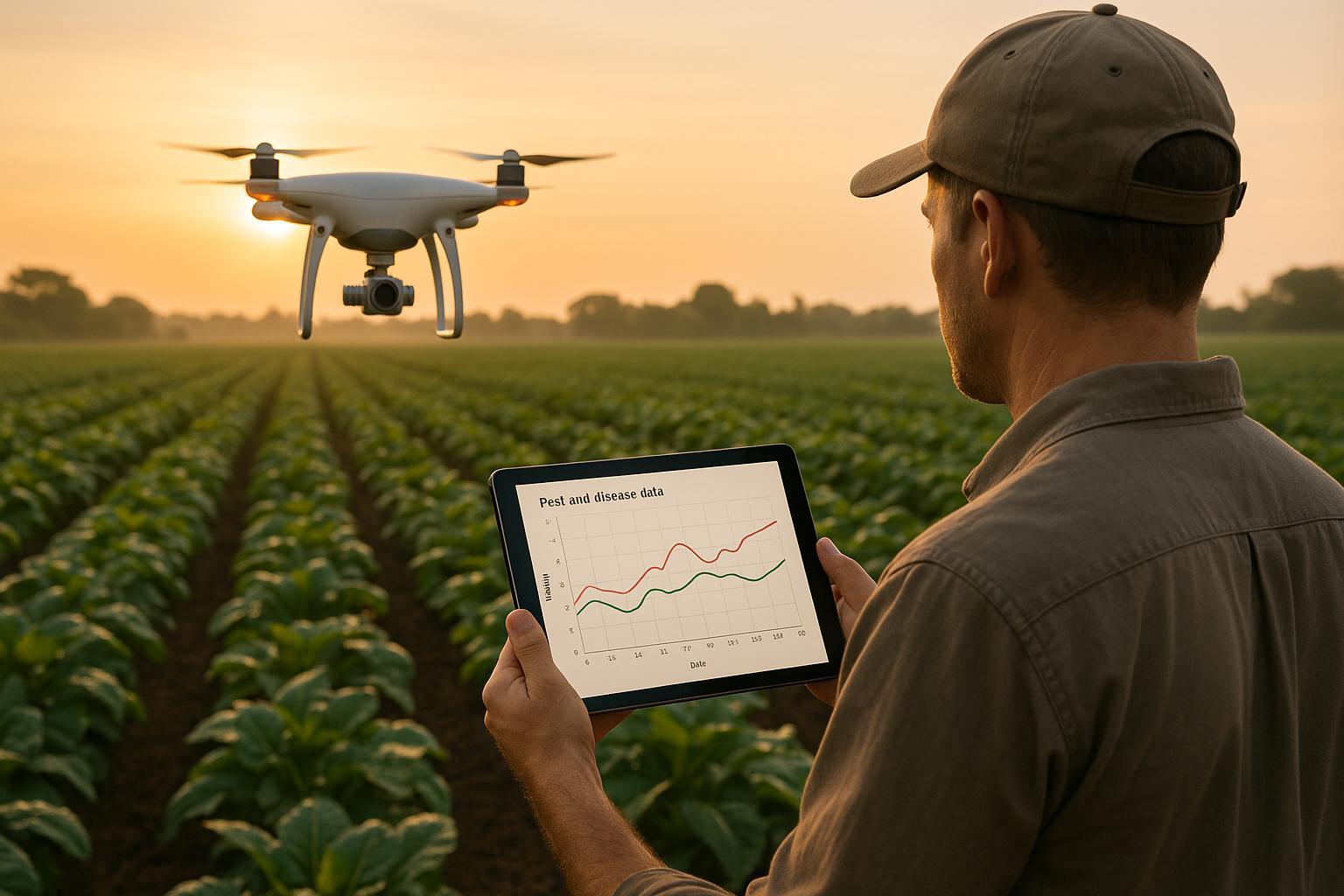
Top 7 AI Tools for Pest and Disease Management
Explore how AI tools are revolutionizing pest and disease management in agriculture, enhancing efficiency and sustainability for farmers and gardeners.
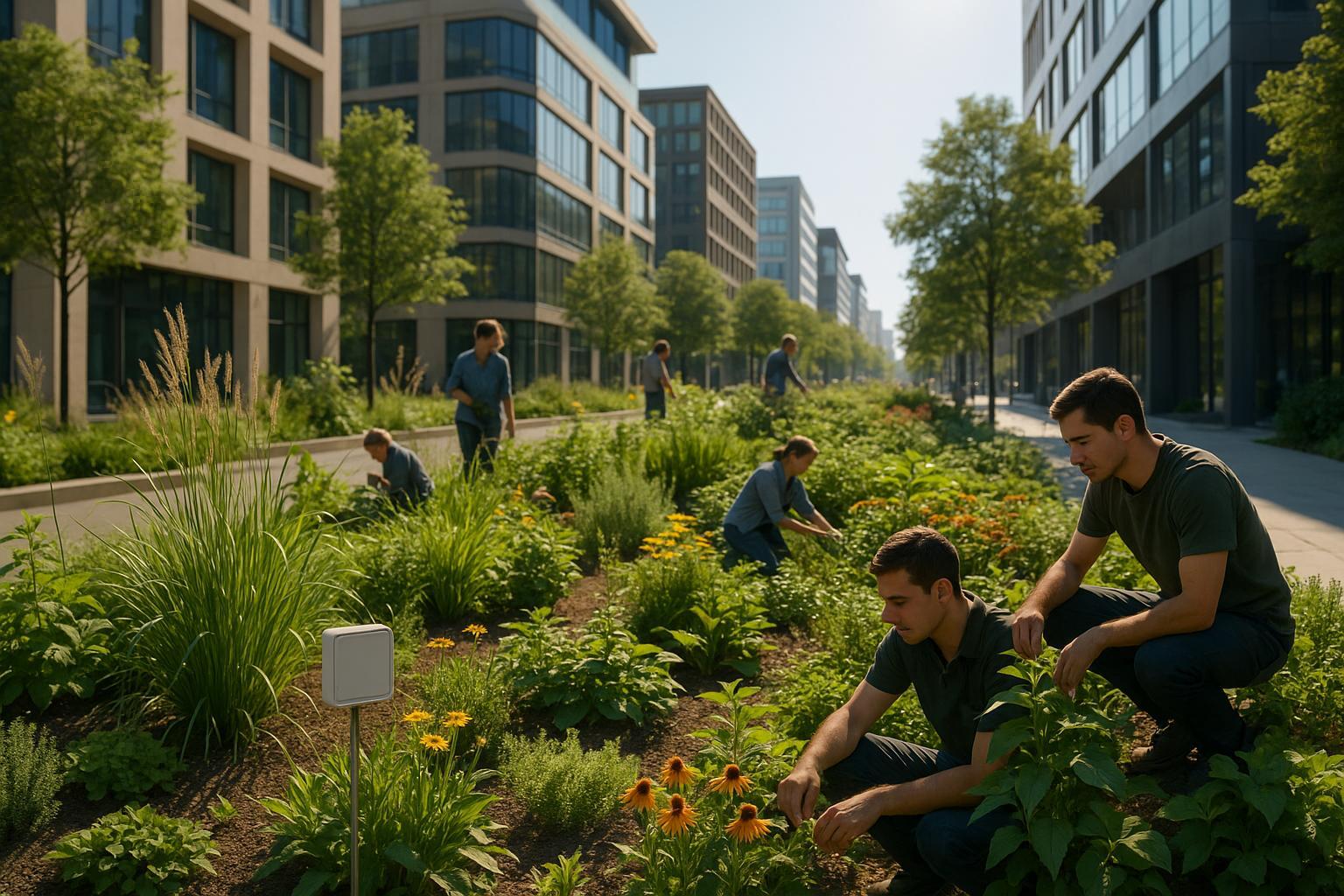
AI Climate Analysis for Urban Planting Success
AI is revolutionizing urban planting with precise climate analysis, optimizing resources, and enhancing sustainability while addressing traditional method limitations.
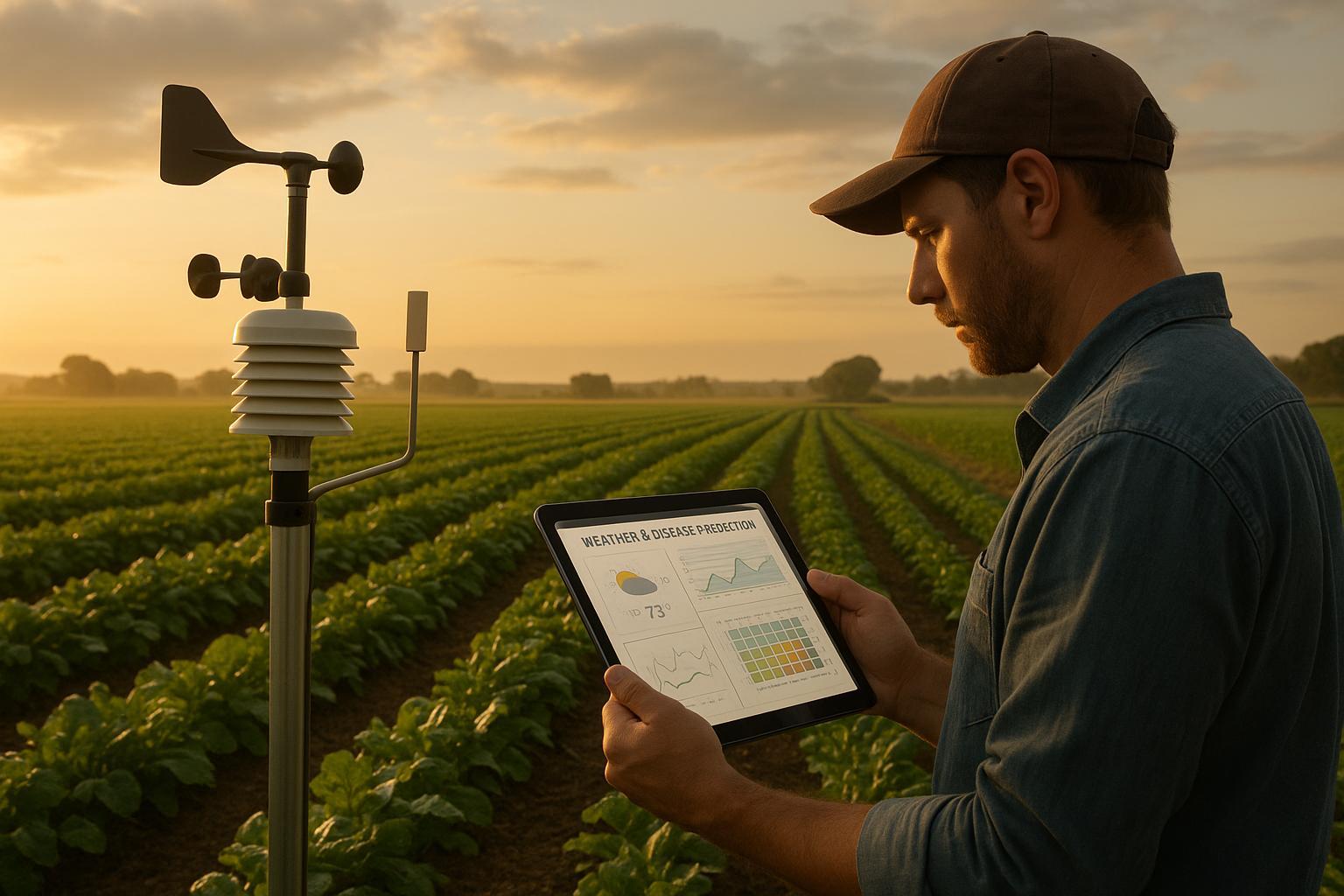
AI Weather Models for Disease Prediction: How They Work
AI weather models enhance disease prediction in agriculture by analyzing local climate data, helping farmers mitigate risks effectively.
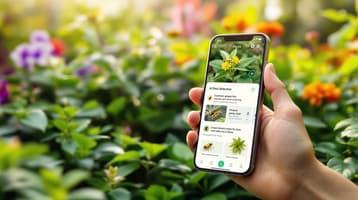
How AI Apps Detect Garden Pests in Real Time
AI apps revolutionize pest management by providing instant identification and tailored solutions for garden pests, enhancing plant protection.
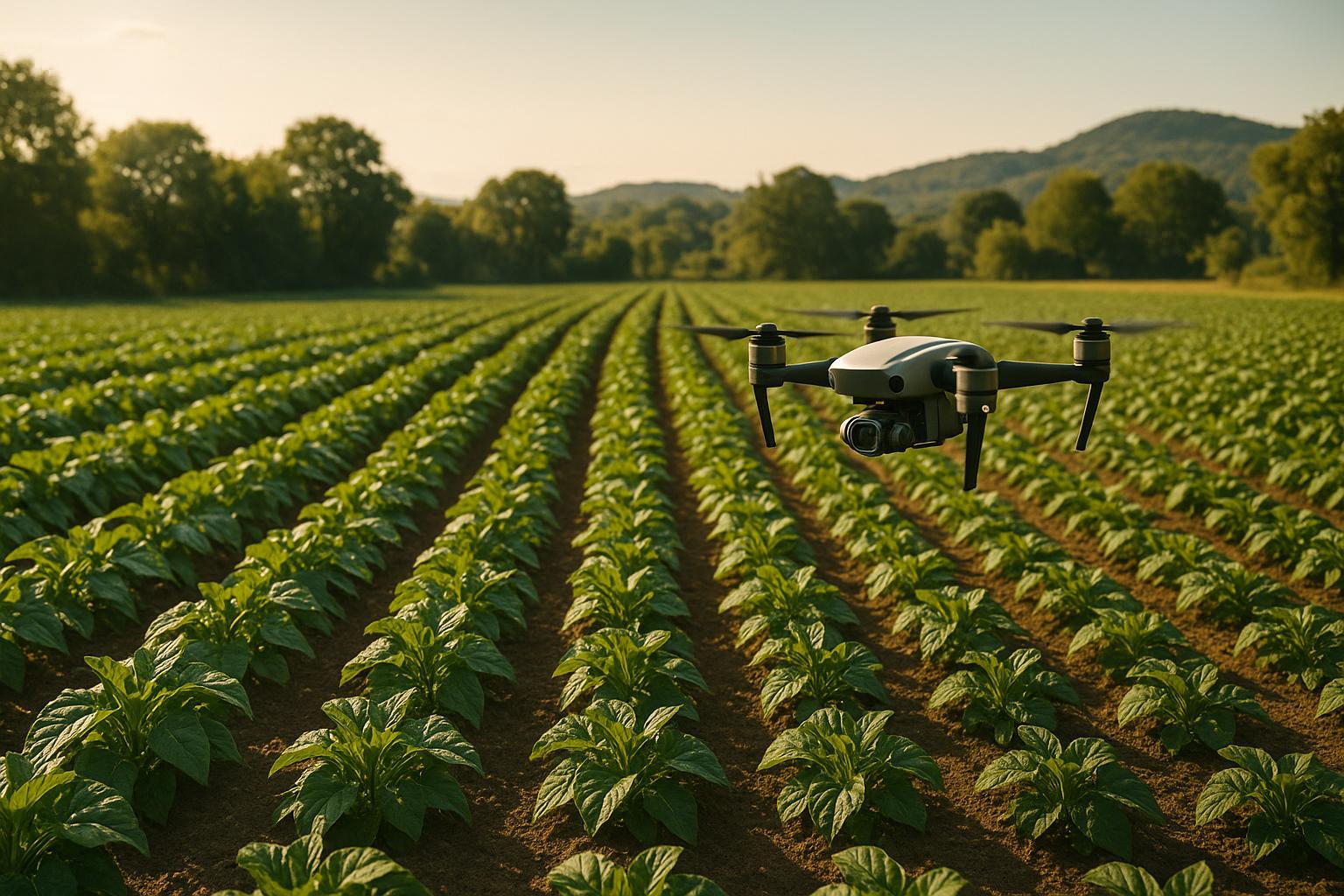
Top AI Tools for Integrated Pest Management
Explore how AI tools are revolutionizing pest management, enhancing efficiency while significantly reducing pesticide usage for sustainable agriculture.
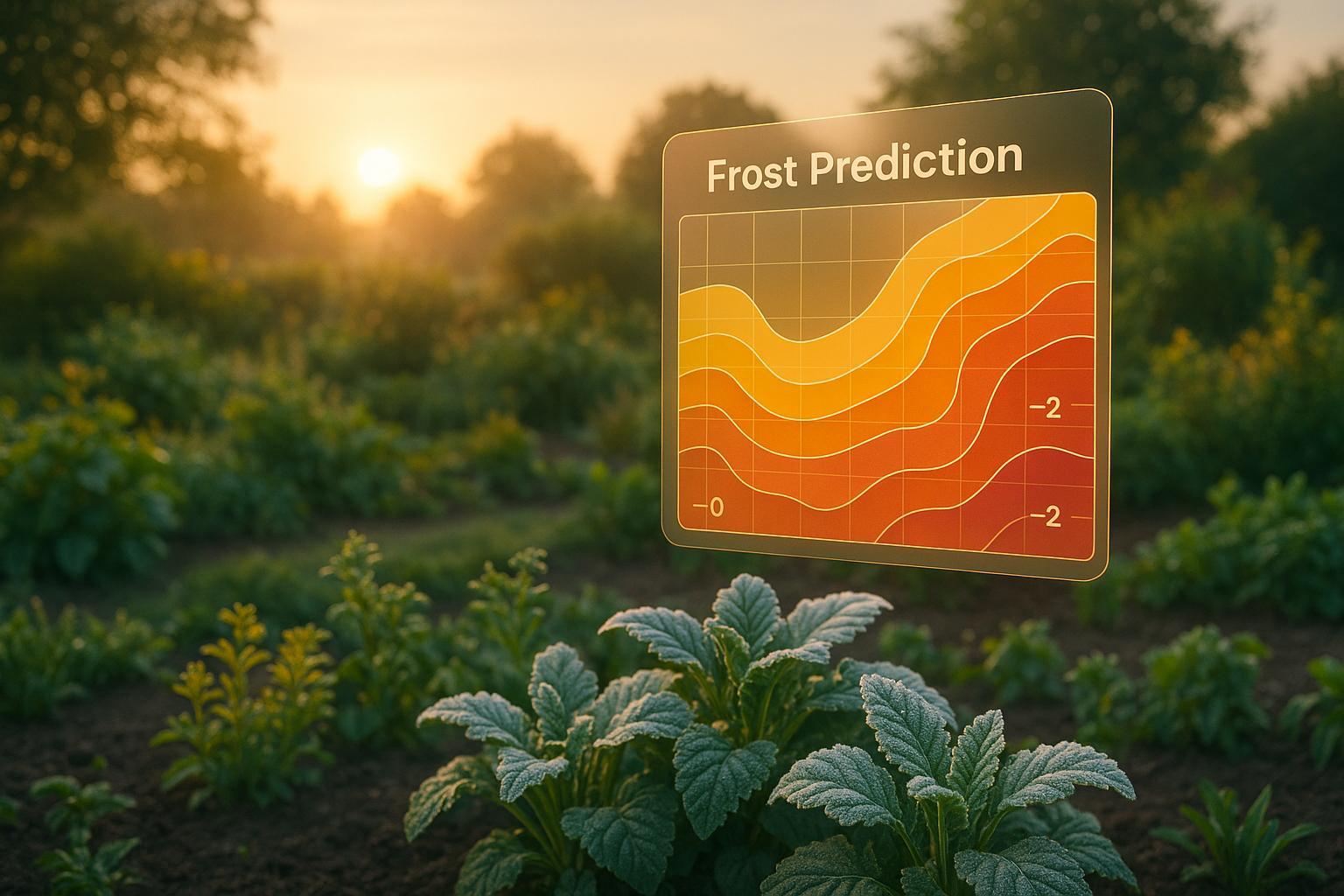
AI Frost Maps vs. Traditional Methods
AI frost maps offer precise, real-time frost predictions that surpass traditional methods, helping gardeners safeguard their plants effectively.